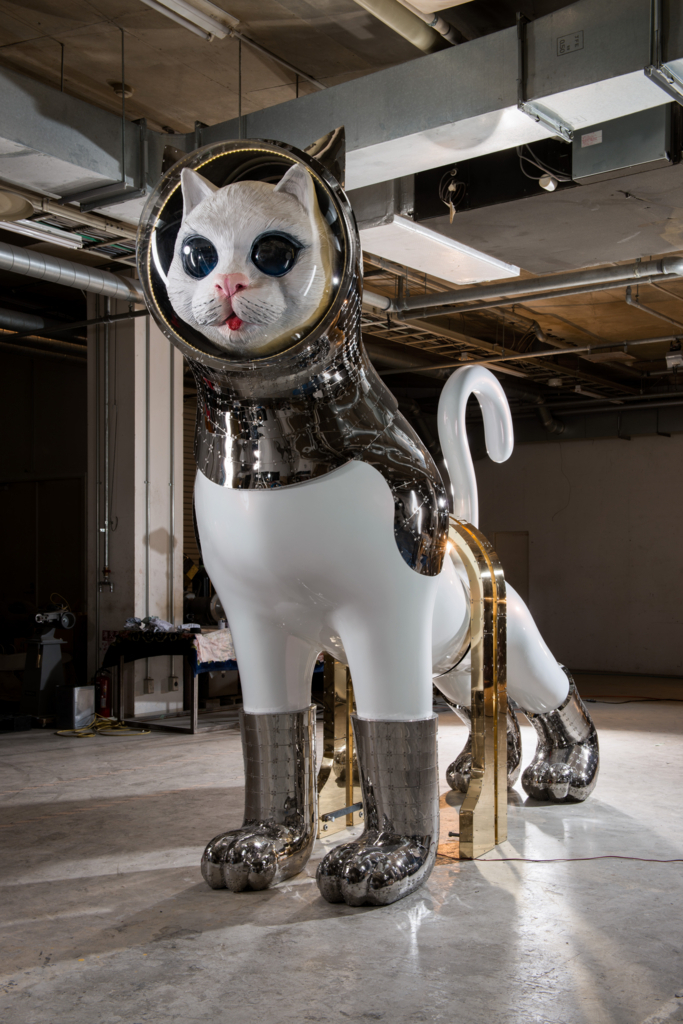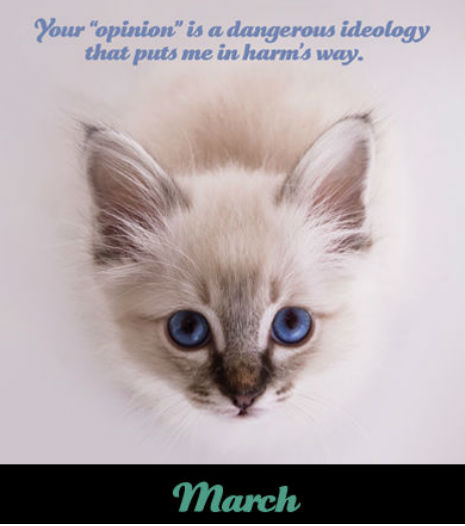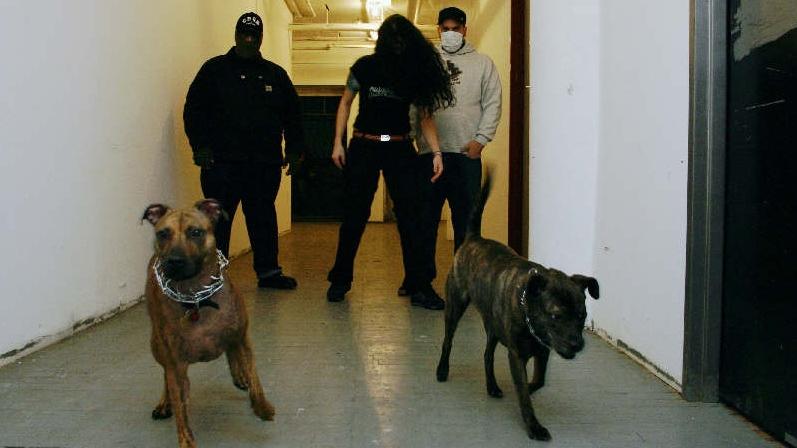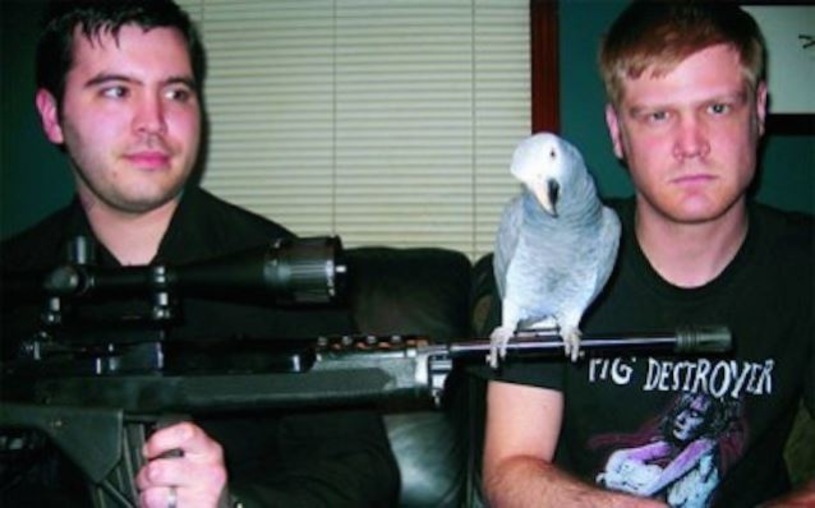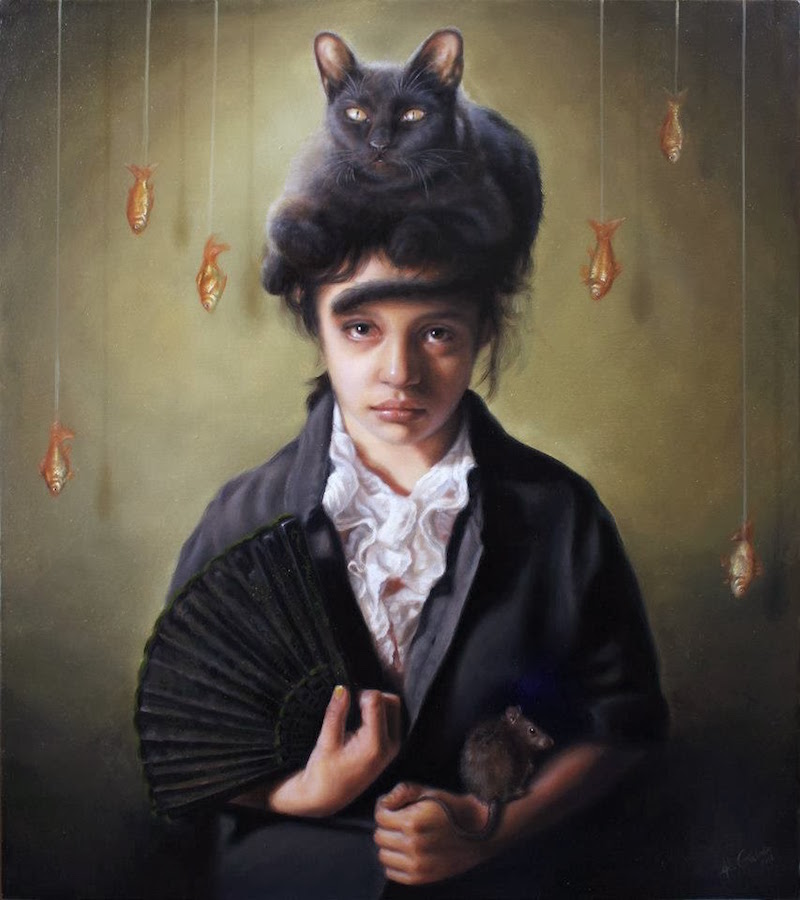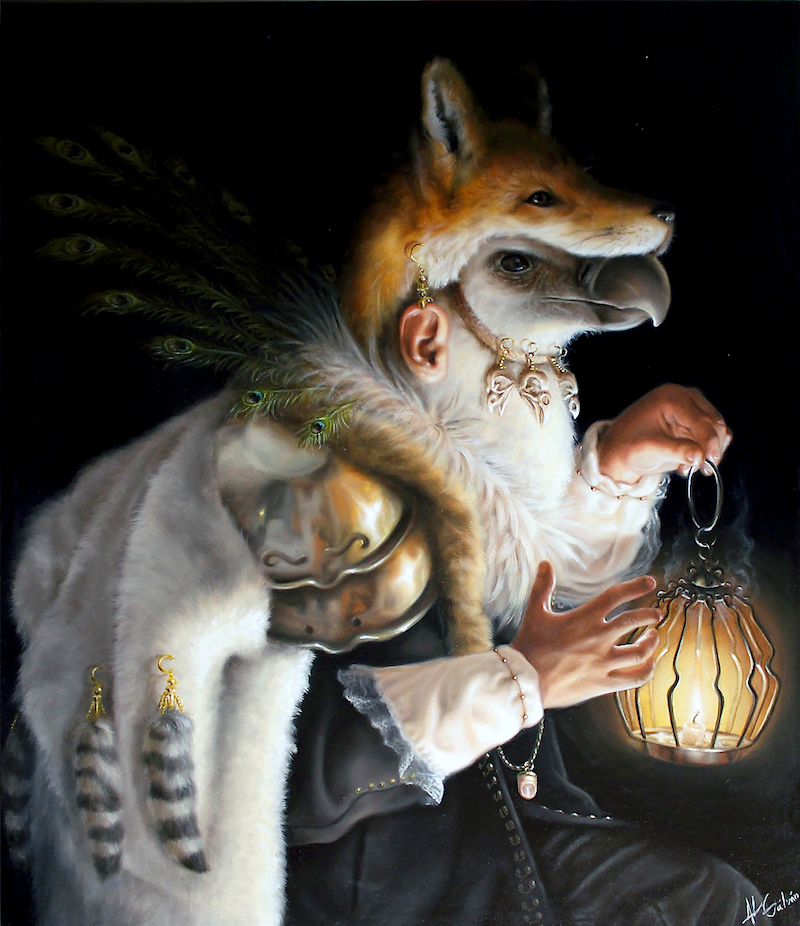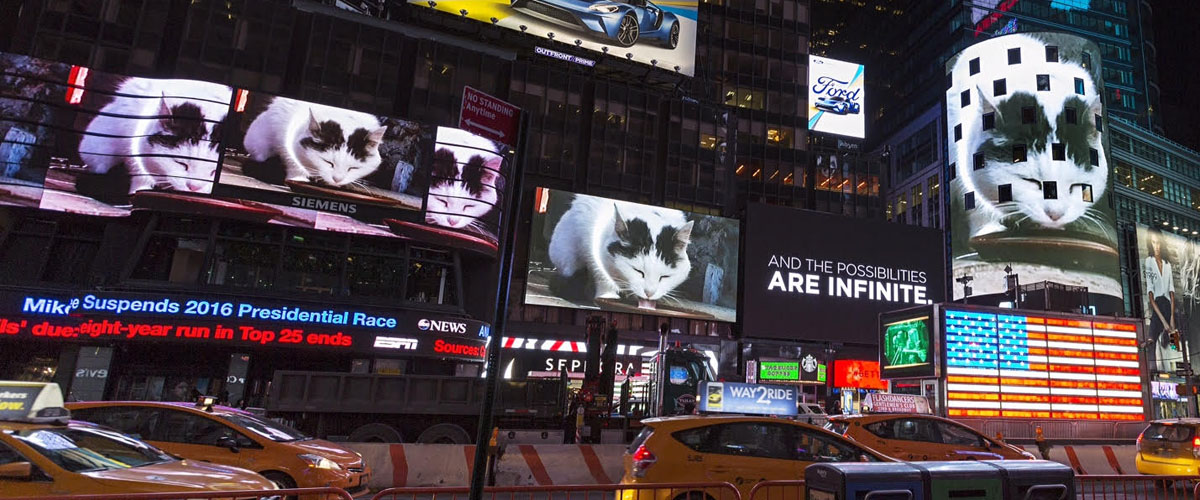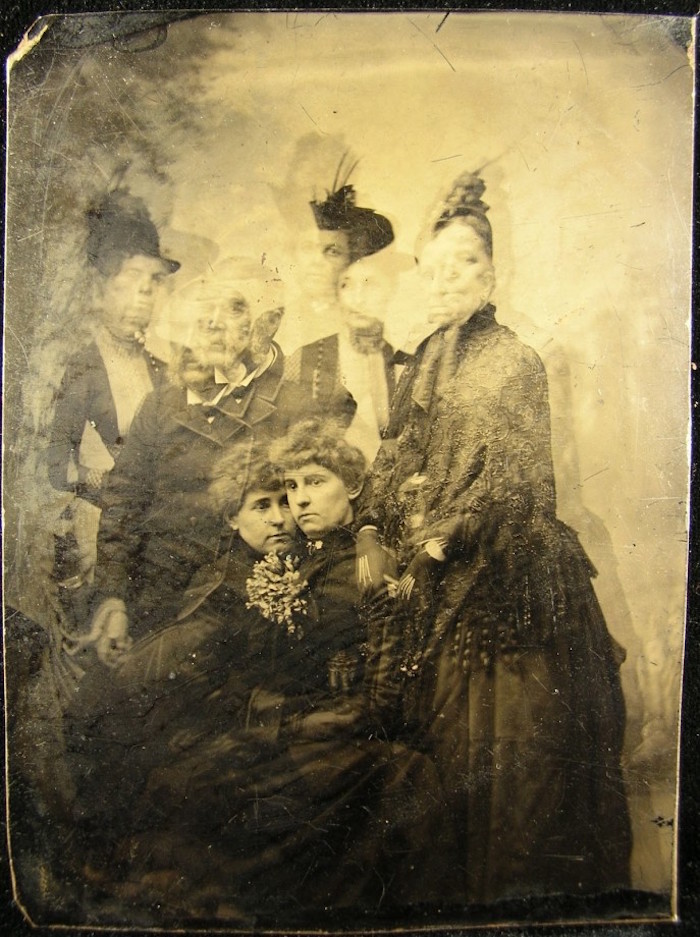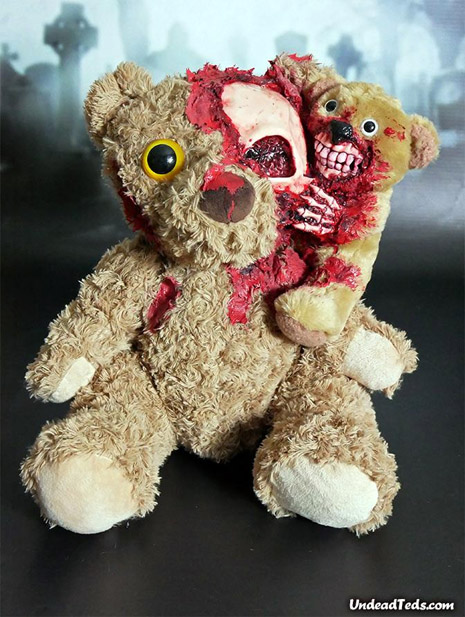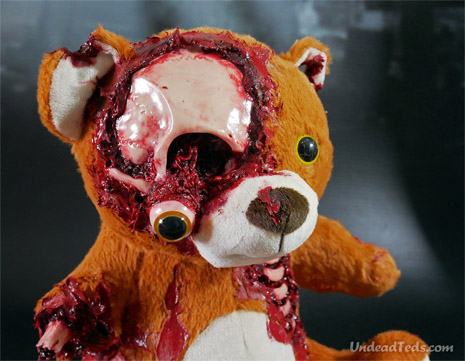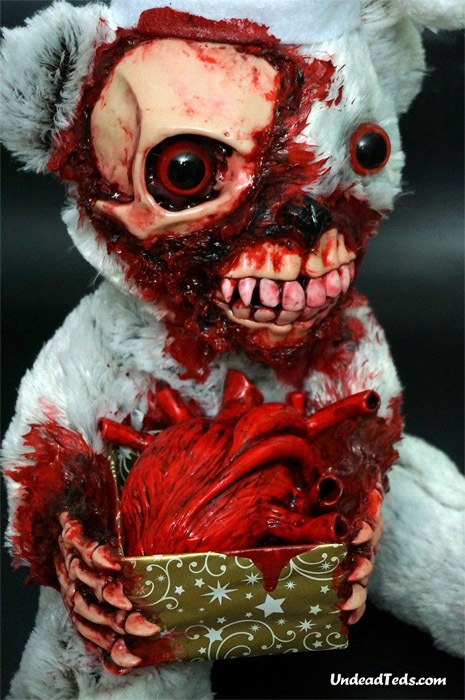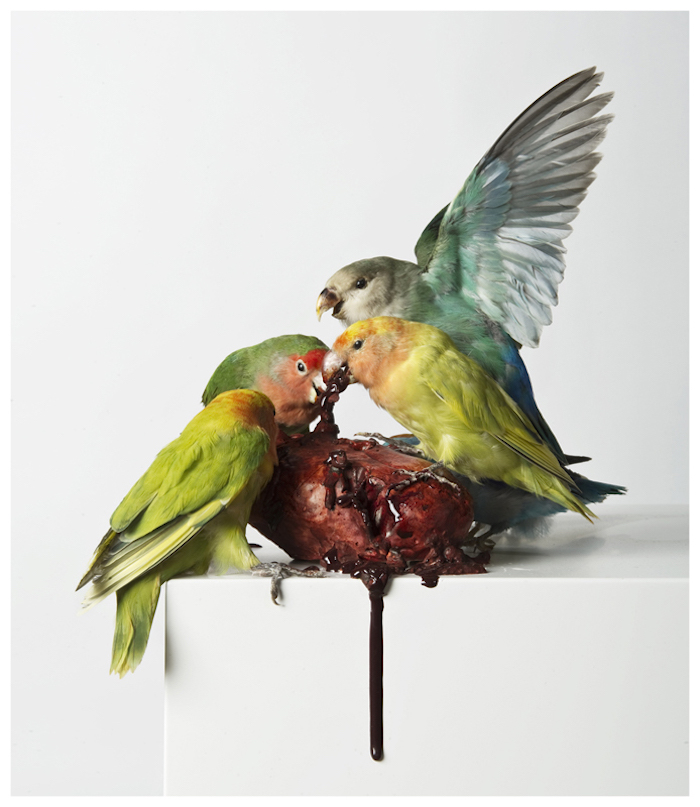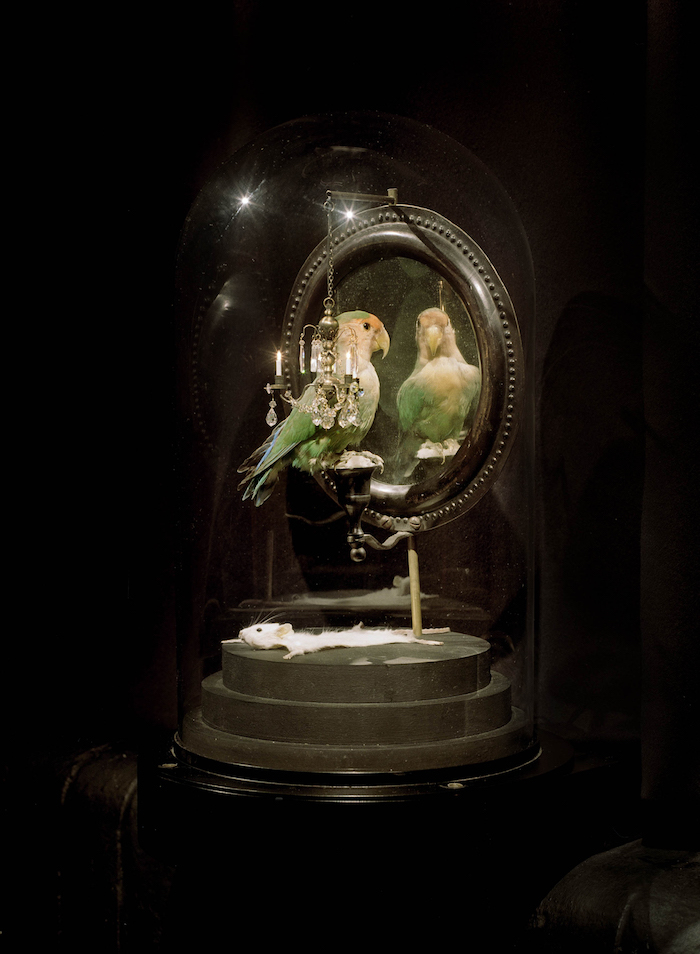
If you like movies, then you probably have at least a passing familiarity with French director/artist Jean Cocteau. Maybe you picked up La Belle et la bête (1946) or Orphée (1950) during a half-price Criterion sale at Barnes & Noble. Maybe someone in film school made you watch Le Sang d’un Poète (1930) in some experimental film class and you thought: “What is this? This is some weird ass shit but…I like it! It’s definitely different than those other experimental guys. I might be able to get down with…what’s this dude’s name? Cocteau?”
Most cinephiles and culture vultures know the basics: Cocteau was French. He was gay. His social set was expansive, attracting everyone from Proust, Man Ray, and Pablo Picasso to queer artists like Gertrude Stein, Jean Genet, and Marlene Dietrich. Basic knowledge is fine if that’s all you want, but Jean Cocteau is SO much more interesting. His art was hot, his writing was beautiful, he was controversial…but let’s get real: What makes this Frenchman unique?
He loved the hell out of cats and he was not afraid to let the world know it!
Cocteau was romantically involved with his lead actor, Jean Marais for over two decades. It’s unclear whether Marais also enjoyed cats so that part of their affair is still a mystery. We do know that Cocteau firmly supported his lover’s close relationship with the dog he saved during WWII, Muluk.
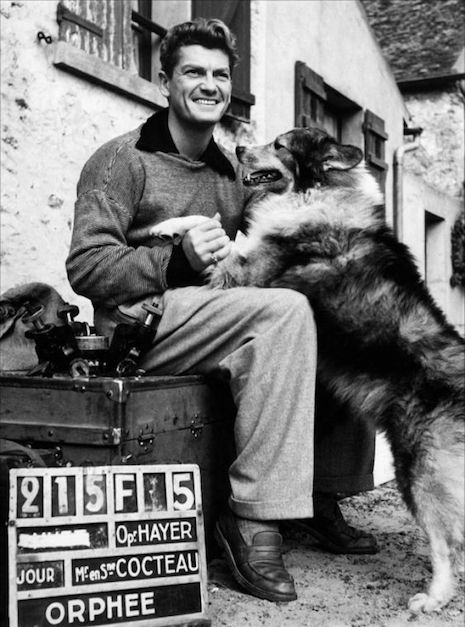
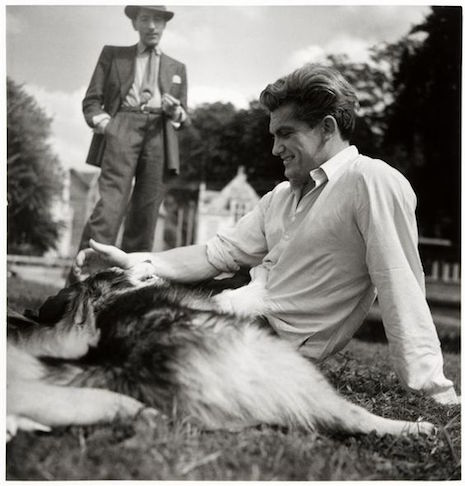
What is it they say—opposites attract? If that’s the case and if we place cats and dogs on the spectrum as polar opposites, then these two men probably had a banging sex life! While Marais, son of a veterinarian, was fond enough of his dog to take glamour shots with him and signed autographs on pictures that featured himself and Muluk together, Jean Cocteau was much more than your average cat guy. More than your average cat lady, even. Cocteau believed in felines.
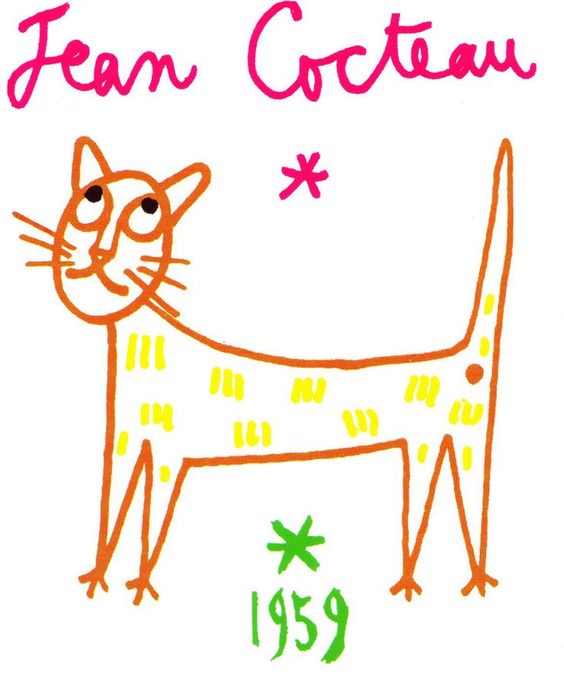
Jean Cocteau illustrated this lovely book of poetry in 1962, ‘La dame aux Chats’ (The Lady with Cats).
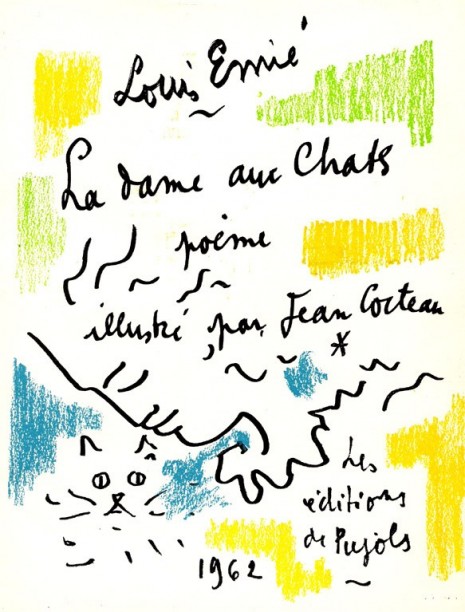
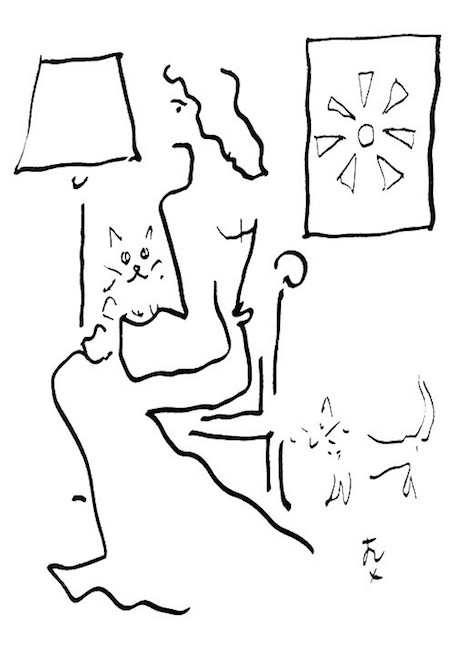
These days Jean Cocteau might even be more notable on the internet for his heavily meme-d quotes about cats than for his elegant film work.
1) “I love cats because I enjoy my home; and little by little, they become its visible soul.”
2) “I prefer cats over dogs because police cats don’t exist.”
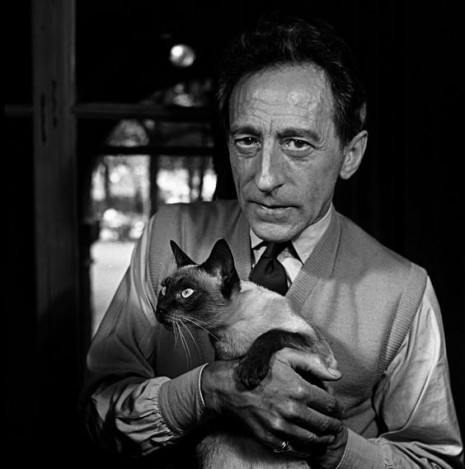
Cocteau made a great deal of art, but he made a lot of cat-related art. Not only is it vast and multi-faceted, spanning from sculpture to murals to sketch, it’s also extremely joyful. The Cocteau cats are a real treasure.
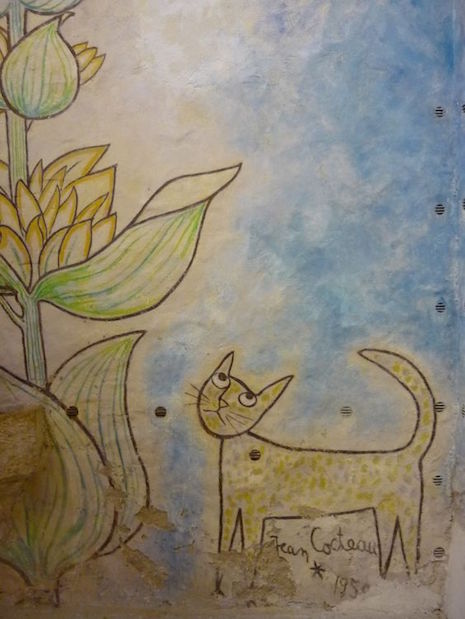 Cocteau painted this in the local chapel near where he lived in Milly-la-Forêt, in 1959, where he wished to be buried (and was). It is still there.
Cocteau painted this in the local chapel near where he lived in Milly-la-Forêt, in 1959, where he wished to be buried (and was). It is still there.

As a cat lover, Cocteau shared his home with multiple feline companions. While not able to divine every furry friend’s name, two of his marvelous cats went by Madeline and Karoun. Cocteau was quite close with Karoun and nicknamed his furry buddy “King of Cats,” even dedicating a whole book to him! Lucky cat!
Much more after the jump…








 a
a